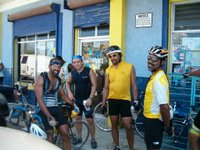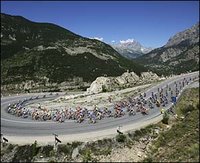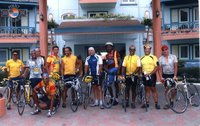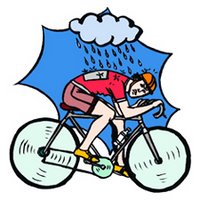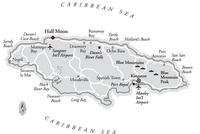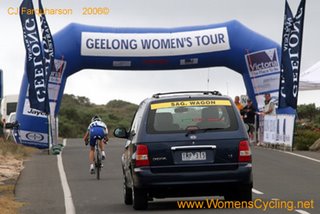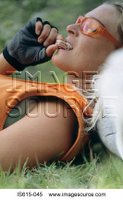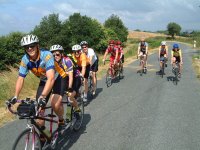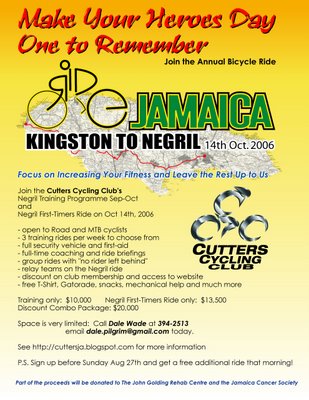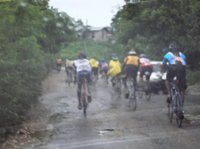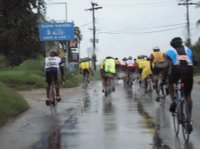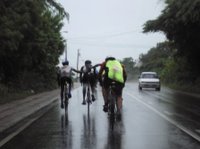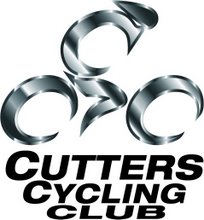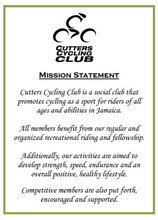
The club is pleased to offer the Negril Training Programme and Negril First-Timers ride for those who might be interested in completing the significant challenge of the annual Heroes Day Kingston to Negril ride.
The basic requirements of the programme are that you must:
-- own a mountain bike or road bike that can be made to be in working condition
-- be reasonably fit (and already be working out 3+ times per week, vigorously, for the past year)
-- be able to make a minimum number of training rides between August 26th and October 12th
-- be willing to sign a waiver of responsibility form
-- have completed payment of all fees by the respective due dates
Why Are These Programmes Being Offered?Fears. 'Fraid. "Terrors."
These are the feelings that stop someone who is already fit from taking on the challenge of the annual Negril ride.
Usually, they are not concerned so much about attaining the fitness required, knowing that with enough time they can get fit to do something even as challenging as a 142 mile ride.
Instead, they are concerned about the same factors that all Jamaican cyclists are concerned about: potholes, getting lost, getting left behind, running out of water/Gatorade/food, getting hurt, being struck by a moving vehicle, mechanical trouble (like 2 flats) and crime.
By and large, Jamaican road-cyclists are a bunch of "hard back man" who can handle the elements with aplomb. The fears listed above have long been dealt with by those who ride 4-7 days per week from one island to the other.
However, for the average cyclist or fitness enthusiast the risks appear to be formidable.
Cutters 2 Negril Programmes are designed to take away the risks, and address the fears, leaving those who participate with nothing to worry about except getting to the required level of fitness.
In both the Negril Training Programme and the Negril First-Timers Ride we provide:
= a security vehicle with well trained driver
= first aid and emergency transportation
= a rule that no-one gets left behind
= a briefing on hills, potholes, water, oil, animals, people, traffic and light conditions that might be encountered on the road
= drinks on the truck and space to carry your food
= space to carry the odd cyclist who needs to take a breath after a hard portion
= a coach or ride captain on every single ride to help new riders learn the essentials of peloton (group) riding, bike handling , gearing, drafting, etc.
And for those that are not quite fit enough to complete the entire ride, we are creating relay or tag teams.
In other words, we are trying to figure out ways to make the ride safe for all the participants, and free of fear -- and as enjoyable as a very long ride can be.
Make no mistake -- it is a hard ride. It starts at around 5:30 am in the morning dark, and ends at around 4pm. The temperatures around Savannah-la-Mar are broiling. The hills into Mandeville are not bad, but must be prepared for. It could very well rain.
This is a significant challenge, and our job in these programmes is to help the rider to focus on getting fit, while completing the task at hand without being intimidated by the "elements."
See subsequent entries for details of each of the programmes described above, and for further information and/or an application email dale.pilgrim@gmail.com.
Space is limited as this is our launch year for these programmes.
 Once again, Sean's design skills have come to the rescue in the design of our new magnetic sign that has the club logo and the words"Cyclists Training," for use by our security vehicle.
Once again, Sean's design skills have come to the rescue in the design of our new magnetic sign that has the club logo and the words"Cyclists Training," for use by our security vehicle.